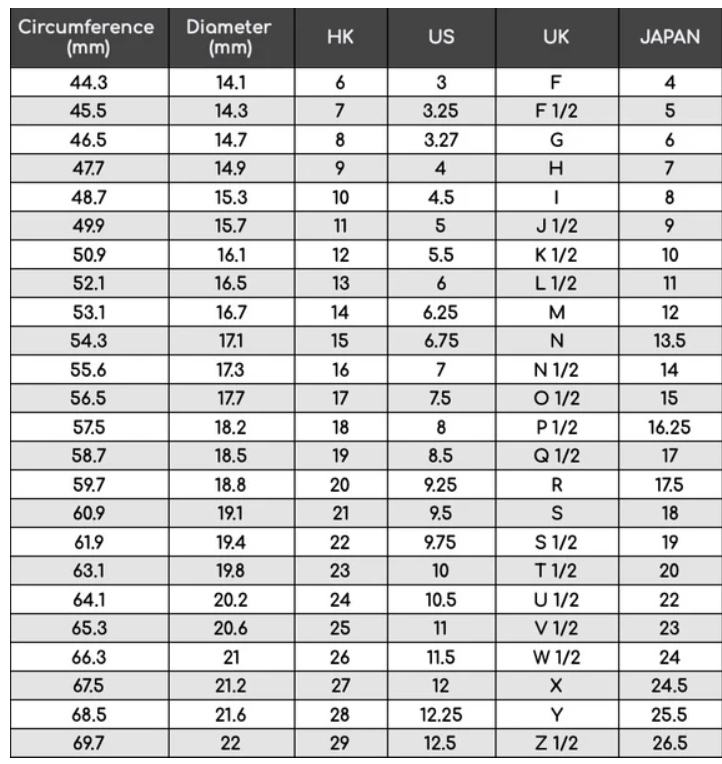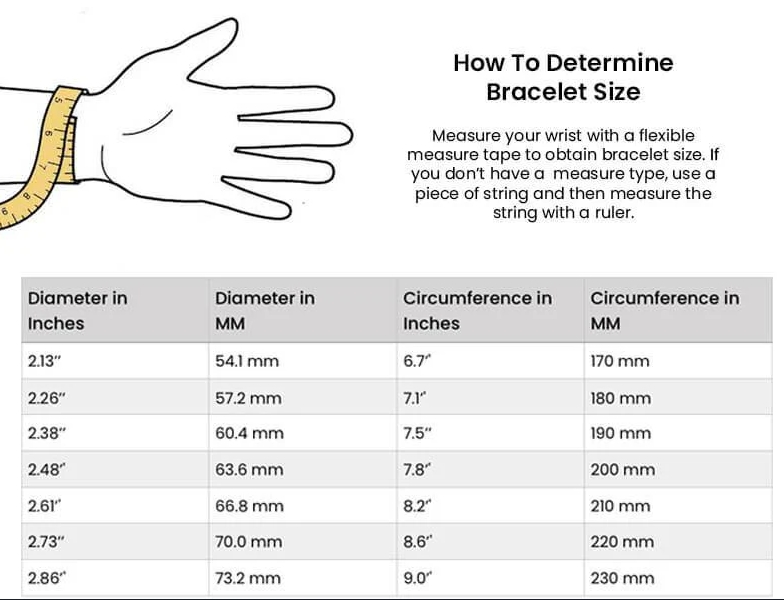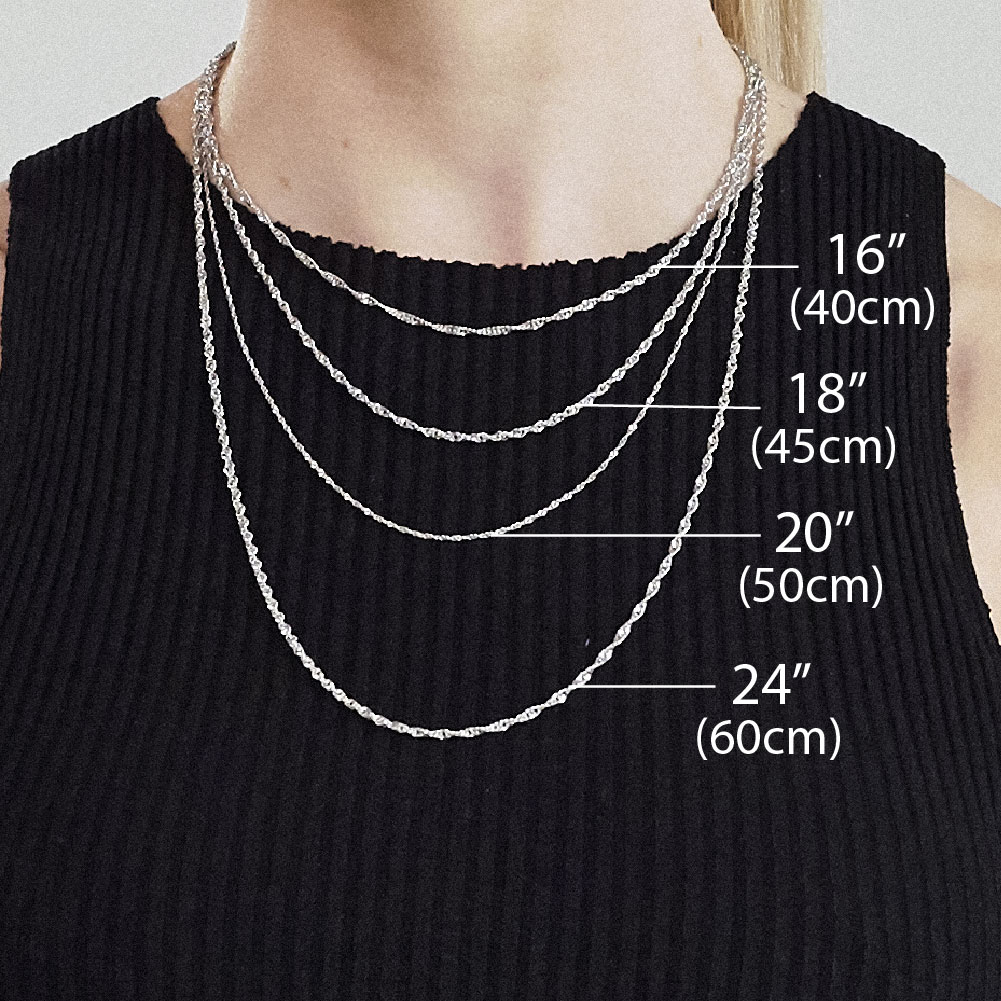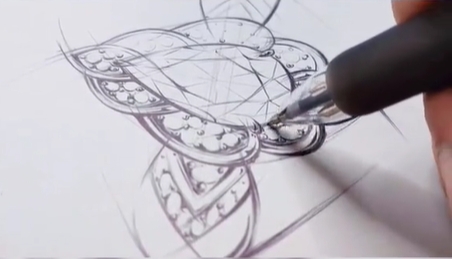The Essential Guide to Customizing 925 Sterling Silver Jewelry: Key Information for a Perfect Creation
Customizing 925 sterling silver jewelry is an exciting journey, allowing individuals to craft pieces that reflect personal tastes, style, and values. Whether you’re creating an engagement ring, a bracelet, a necklace, or a pair of earrings, the customization process ensures that your jewelry is unique and tailored to your preferences. However, to ensure the final product meets your expectations, it is essential to provide accurate and detailed information to the jewelry manufacturer or designer.
This guide will walk you through the critical information you need to provide when customizing your 925 sterling silver jewelry, covering aspects such as style, material, size, personalization, budget, and other specific requirements. By understanding and articulating your needs clearly, you can collaborate with the designer to bring your vision to life.
1. Style Description: Detailing Your Vision
When it comes to customizing jewelry, the first step is clearly defining the style of the piece. The style encompasses the shape, design, and visual characteristics of the jewelry. Whether you’re aiming for a minimalist, vintage, contemporary, or intricate design, the more specific you are in your description, the easier it will be for the designer to bring your idea to life. Here are some key components to consider:
Shape and Form
- Shape refers to the overall structure of the piece. For example, are you looking for a round ring, a square pendant, or an asymmetrical design? Jewelry shapes often influence how the piece fits with other items or how it complements the wearer’s overall look.
Size and Dimensions
- Size is crucial for ensuring the piece fits well. For example, for rings, you must specify your ring size accurately. If you’re designing a necklace, bracelet, or anklet, providing the length is necessary. Some designers may provide size charts or tools for determining these measurements, so be sure to take accurate measurements beforehand.
Color and Finish
- The color of the jewelry is also essential. Sterling silver has a natural, elegant shine, but it can be treated in various ways to achieve different finishes, including polished, matte, or antiqued finishes. Some customers may want to incorporate colored accents, such as enamel, gemstones, or plating (like gold or rose gold plating). Be specific about these elements to ensure the right visual effect.
Reference Images or Design Drawings
- Reference images or design sketches are incredibly helpful, especially if you have a specific vision in mind. These can be images from other jewelry pieces you admire, or sketches you’ve drawn yourself. If you have a design idea, providing it visually will help avoid misunderstandings and ensure that the manufacturer accurately interprets your style preferences.
2. Material Requirements: Defining the Metal and Stones
When customizing a piece of 925 sterling silver jewelry, the choice of materials is one of the most important aspects. The material you select impacts not only the look and feel of the jewelry but also its durability, value, and overall quality. Here are some critical material considerations:
Metal Type
- 925 Sterling Silver is the primary material for this kind of jewelry, and it’s often chosen for its beauty, versatility, and affordability. However, you may want to specify whether you want the piece made entirely from silver or if you wish to combine it with other metals (such as gold or copper) for design purposes.
- If you’re opting for a gold-plated or rose-gold-plated finish, it’s important to communicate this preference to ensure that the designer uses the appropriate coating techniques. Plating can give silver a different look without the added cost of solid gold.
Purity and Composition
- Sterling silver is defined by its purity—it must be at least 92.5% pure silver, with the remainder usually being copper. If you have specific preferences for the metal’s composition or the use of alternative alloys, be sure to mention it.
Gemstones and Inclusions
- If your custom jewelry design includes gemstones, you must specify:
- Type of gemstone: Are you interested in diamonds, sapphires, emeralds, or any other precious or semi-precious stones?
- Gemstone cut: The shape of the stone, whether it’s round, oval, square, or any other cut.
- Stone color and clarity: Providing your desired color tone, such as vibrant red rubies, clear diamonds, or pastel-colored stones, helps the designer select the most suitable gems for your piece.
- Carat weight: If you’re including diamonds or other precious stones, providing the preferred weight can affect the overall cost and aesthetic of the piece.
Be sure to mention if you require specific ethical sourcing for gemstones, such as conflict-free diamonds or sustainably sourced stones, to guide the designer in making ethical material choices.
3. Size Information: Ensuring a Perfect Fit
When customizing jewelry that will be worn, such as rings, bracelets, or necklaces, providing accurate size information is essential for a perfect fit. Here’s what you need to know:
Rings
- For rings, make sure you know your exact ring size. You can measure this using a ring sizer, which many jewelers provide for free, or visit a jewelry store for a professional fitting. If you are designing a ring as a surprise, you may want to use a ring that fits the intended recipient and get the size measurement from that ring.

Bracelets and Bangles
- For bracelets and bangles, you should provide the circumference of your wrist or the size of a bracelet that fits comfortably. Bracelets should be measured around the widest part of the wrist where it naturally sits, considering any desired slack or snugness.

Necklaces and Chains
- For necklaces, the length is crucial. Think about how long you want the necklace to sit (e.g., choker, princess length, or opera length). It’s helpful to measure an existing necklace that you like to find the right length.

4. Personalization Requirements: Adding a Unique Touch
One of the most special aspects of custom jewelry is the ability to personalize it. Whether you’re creating a piece for a loved one or designing something for yourself, personalization can give the jewelry significant emotional value. Here are some ways you can personalize your 925 sterling silver piece:
Engraving
- Engraving is a popular way to add a personal touch to jewelry. This could be initials, a name, a date, or even a meaningful phrase. If you’re designing a wedding ring or an anniversary gift, including an engraving can make it even more sentimental.
Special Symbols
- Consider adding meaningful symbols to the jewelry, such as hearts, stars, crosses, or birthstones, to reflect important milestones or personal values. You could also opt for more abstract designs that represent something important to you.
Unique Embellishments
- Some people like to incorporate unusual or unique embellishments into their jewelry, such as hand-painted designs, symbolic charms, or even custom-shaped pendants. Communicating these preferences clearly to your designer ensures that the final piece is unique to you.
5. Budget Range: Setting Expectations
Your budget is another critical factor in the customization process. By providing a clear budget range, you help the designer or manufacturer suggest the best materials, stones, and techniques within your financial constraints. This ensures that the final design is both achievable and affordable.
- If you have a fixed budget, be upfront about it so that the designer can make choices that align with your financial goals. For example, opting for smaller gemstones, less intricate detailing, or simpler designs can help lower costs.
- Consider that the more complex the design or the higher the quality of materials (e.g., high-purity gemstones, premium finishes), the more expensive the final product will be.
6. Other Special Requirements: Fine-Tuning the Details
In addition to the essential information above, there may be other special requirements or considerations that are important to you. These could include:
Crafting Techniques
- Are there specific crafting techniques you’d like to incorporate, such as filigree work (intricate metal designs) or hammered textures? You may also have a preference for how the metal is treated (e.g., brushed, polished, or antiqued finishes).
Surface Treatment
- You may want your jewelry to have a specific surface treatment or coating. For example, some people prefer a matte finish, while others opt for a high-gloss polish.
Packaging and Presentation
- If your custom jewelry is a gift, you may have preferences for packaging. Many designers offer custom boxes or pouches to make the presentation of the piece extra special.
Conclusion: Bringing Your Dream Jewelry to Life
Customizing 925 sterling silver jewelry is a rewarding process that allows you to express your creativity and personal style. By providing detailed information about the style, materials, size, personalization, budget, and any other special requirements, you give the designer or manufacturer the tools they need to create a piece that meets your expectations.
Remember, the more detailed and specific your requests, the better the designer can translate your vision into reality. Whether you’re making a timeless keepsake or a one-of-a-kind gift, customizing your 925 sterling silver jewelry ensures that it will be as unique as the person wearing it.

